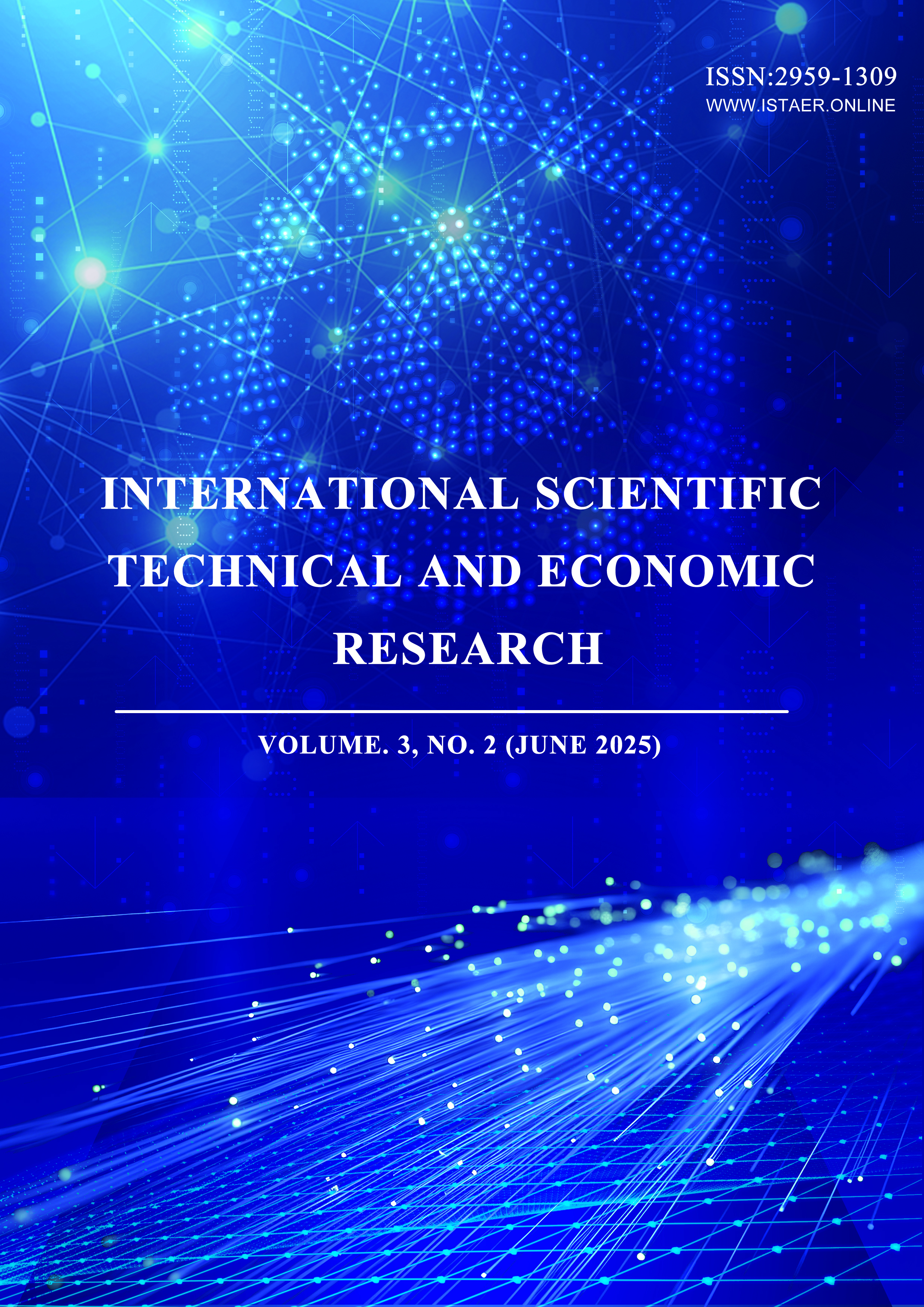Practice of human-computer interaction behavior recognition and experience optimization in intelligent tour guide equipment
DOI:
https://doi.org/10.71451/ISTAER2530Keywords:
Intelligent Tour Guide Equipment; Human-Computer Interaction; Behavior Recognition; Experience Optimization; Personalized RecommendationAbstract
With the widespread application of smart devices, smart guide equipment has become a core component of major museums, tourist attractions, exhibitions and other places. How to improve user experience through effective human-computer interaction behavior recognition and experience optimization has become an important topic in the development of smart guide equipment. Based on behavior recognition technology, this study explores how to capture and analyze user behavior to achieve personalized content recommendation and dynamic interactive feedback, and further optimize the user experience of smart guide equipment. The study proposes optimization strategies for multiple terminals and multiple scenarios, focusing on analyzing the differences in user behavior in different devices and environments and their impact on experience. Through case analysis, this study demonstrates the innovative application and optimization practice of smart guide equipment in actual applications, and proposes potential directions for future development. The innovation of the study is to combine behavior recognition and experience optimization methods to provide a comprehensive design framework, providing theoretical support for the continuous innovation and development of smart guide equipment.
References
[1] Han, X., Huang, D., Eun-Lee, S., & Hoon-Yang, J. (2023). Artificial intelligence-oriented user interface design and human behavior recognition based on human–computer nature interaction. International Journal of Humanoid Robotics, 20(06), 2250020. DOI: https://doi.org/10.1142/S0219843622500207
[2] Hou, Y. (2024). Application of intelligent internet of things and interaction design in Museum Tour. Heliyon, 10(16). DOI: https://doi.org/10.1016/j.heliyon.2024.e35866
[3] Vásquez, B. P. E. A., & Matía, F. (2020). A tour-guide robot: Moving towards interaction with humans. Engineering Applications of Artificial Intelligence, 88, 103356. DOI: https://doi.org/10.1016/j.engappai.2019.103356
[4] Lv, Z., Poiesi, F., Dong, Q., Lloret, J., & Song, H. (2022). Deep learning for intelligent human–computer interaction. Applied Sciences, 12(22), 11457. DOI: https://doi.org/10.3390/app122211457
[5] Ding, Z., Ji, Y., Gan, Y., Wang, Y., & Xia, Y. (2024). Current status and trends of technology, methods, and applications of Human–Computer Intelligent Interaction (HCII): A bibliometric research. Multimedia Tools and Applications, 83(27), 69111-69144. DOI: https://doi.org/10.1007/s11042-023-18096-6
[6] Pandey, A., Panday, S. P., & Joshi, B. (2023). Design and development of applications using human-computer interaction. In Innovations in Artificial Intelligence and Human-Computer Interaction in the Digital Era (pp. 255-293). Academic Press. DOI: https://doi.org/10.1016/B978-0-323-99891-8.00011-5
[7] Devi, V. A., Agrawal, P., Sengar, R. S., Nagpal, A., Abedi, T. A. A. U., Mouli, K. C., & Sangeetha, A. (2025, February). Designing Intuitive User Interfaces in Human-Computer Interaction for Enhanced Digital Experience. In 2025 International Conference on Intelligent Control, Computing and Communications (IC3) (pp. 637-643). IEEE. DOI: https://doi.org/10.1109/IC363308.2025.10956353
[8] Ivanov, R., & Velkova, V. (2025). Analyzing Visitor Behavior to Enhance Personalized Experiences in Smart Museums: A Systematic Literature Review. Computers, 14(5), 191. DOI: https://doi.org/10.3390/computers14050191
[9] Van, N. T. T., Vrana, V., Duy, N. T., Minh, D. X. H., Dzung, P. T., Mondal, S. R., & Das, S. (2020). The role of human–machine interactive devices for post-COVID-19 innovative sustainable tourism in Ho Chi Minh City, Vietnam. Sustainability, 12(22), 9523. DOI: https://doi.org/10.3390/su12229523
[10] Shichun, Z., Wang, L., & Xing, Z. (2025). A Study on Visitors’ Tour Patterns and Perceptual Experiences in VR Exhibitions Through the Integration of Multi-Source Behavioral Data. International Journal of Human–Computer Interaction, 1-22. DOI: https://doi.org/10.1080/10447318.2025.2504180
Downloads
Published
Issue
Section
License
Copyright (c) 2025 International Scientific Technical and Economic Research

This work is licensed under a Creative Commons Attribution-NonCommercial-NoDerivatives 4.0 International License.
This work is licensed under the Creative Commons Attribution International License (CC BY 4.0).




